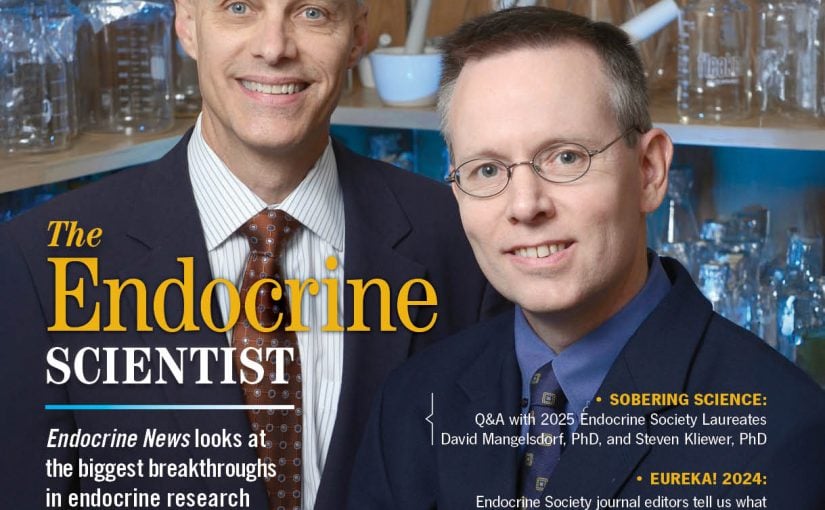This issue takes a look at, among other topics, two very serious emerging health issues in endocrinology. Interestingly, prevention—as is the case with many health topics—is critical in both of these areas.
This issue’s cover story looks at osteoporosis, a disease that affects 10 percent of women and two percent of men in the United States, but sadly, has remained well under the public radar. As Robert Recker, director of the Osteoporosis Research Center at Creighton University in Omaha, Nebraska, says: “The most important problem…is that the public, health professionals, and legislators do not recognize the extent of the problem. About 50 percent of all Caucasian women alive today will have a fracture due to osteoporosis before they die. Death rates from the fractures due to osteoporosis are greater than those from heart attacks, strokes, and breast cancer combined in women.”
While pharmaceutical companies have made great headway in treating osteoporosis, the most important prevention and treatment of osteoporosis is likely to remain the same: diet and exercise. It’s a common refrain for endocrinologists—whether treating osteoporosis, diabetes, or any other number of illnesses.
And, then there’s an issue that all the diet and exercise can do little about—disruptive chemicals. Reading our article in this issue will give you pause—both for yourself and your patients. Bisphenol-A is just one of thousands of chemicals and compounds known as endocrine disruptors because of their potential to interfere with hormone action in animals and humans. These chemicals are used in everything from food cans and plastic water bottles to steering wheels and furniture. “Trying to avoid these chemicals is like trying to avoid breathing,” R. Thomas Zoeller Ph.D., Professor of Biology at the University of Massachusetts at Amherst, tells Endocrine News. In this case, knowledge is power, especially for hormone-compromised patients.
This issue will give you plenty to think about. Enjoy.
Eleanore Tapscott
Senior Director of Publications

